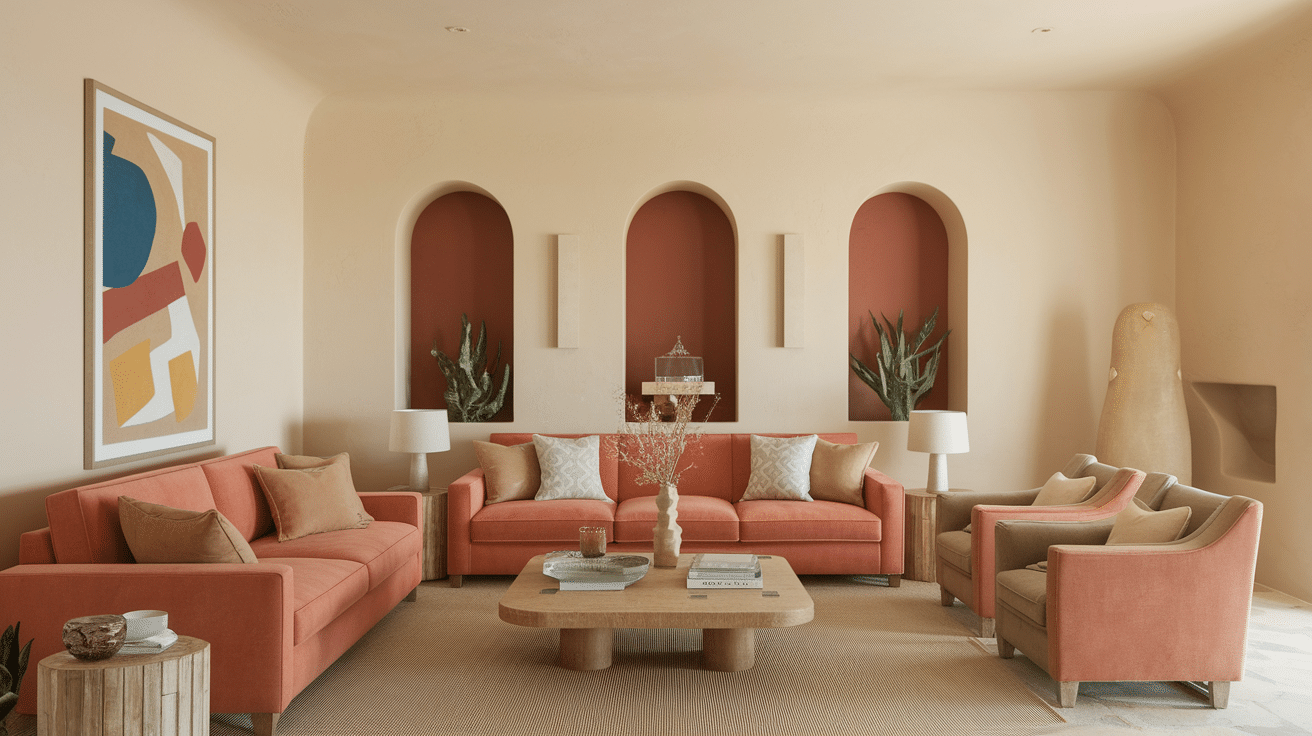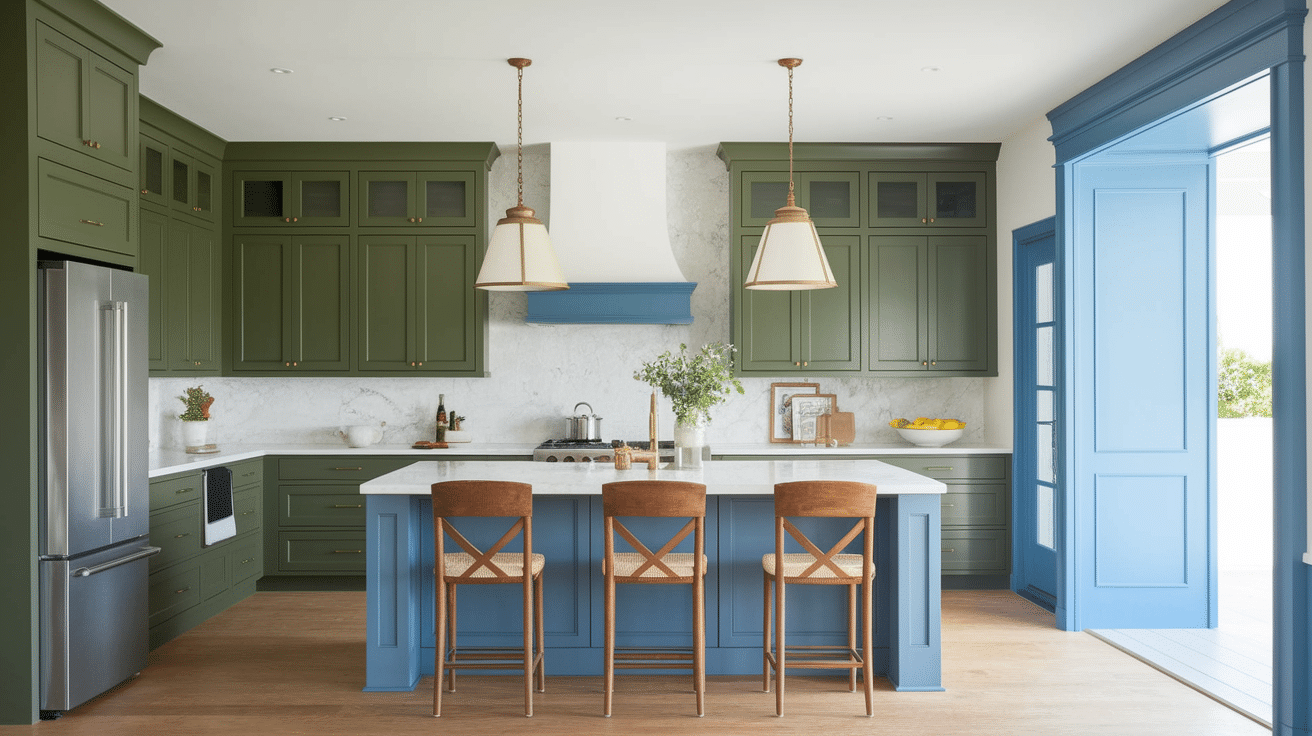Did you know that Ancient Greeks didn’t have a word for blue?
The Greeks saw the world through a different color lens than we do today. Their palette wasn’t just about looks—it was tied to their beliefs, status, and how they made sense of the world around them.
When we look at old Greek pots or temple remains, we don’t see them as the Greeks did. Most have lost their original bright paints, leaving us with a false impression of a white marble world.
By learning how Greeks used and named colors, we gain fresh insights into their minds. Their color choices tell stories about what they valued and how they organized their universe.
This knowledge isn’t just for history buffs. Artists, designers, and anyone interested in how humans perceive the world can find value in these ancient color systems.
What Are Ancient Greek Colors?
The Ancient Greeks had a much different way of thinking about colors than we do today. Instead of focusing on hue (what we now call red, green, and blue), they paid more attention to brightness, darkness, and shine. Their color terms often described qualities like “bright,” “dark,” or “shiny” rather than specific shades.
Greeks made their colors from:
- Yellow and red from ochre (iron-rich clay)
- Black from charcoal and burnt bones
- White from chalk and lead compounds
- Blue from copper minerals like azurite
- Green from malachite and copper compounds
- Purple from murex sea snails
Greek myths tied colors to their gods and the natural world. Red is connected to Ares, the god of war, and the blood of soldiers. Golden yellow is linked to Apollo and the sun. The deep blue-black of the sea belonged to Poseidon.
These color meanings are evident in their art, clothing, and religious practices. The Greeks saw color as more than decoration—it was a language that spoke of status, emotion, and divine connection.
The Colors of Status and Power

In ancient Greece, colors did more than decorate—they communicated power, wealth, and social standing. The colors people wore or displayed instantly signaled their place in society to everyone who saw them.
1. Purple: The ultimate status symbol, made from thousands of murex sea snails. So costly that only the wealthiest could afford it. Laws sometimes restricted who could wear purple, making it an immediate visual sign of elite status.
2. Red: Connected to strength, power, and life force. Warriors used red on shields and equipment. Important buildings featured red elements to mark their significance. Red ochre was relatively common but still carried authority when used in official contexts.
3. Gold: Represented the divine, eternal qualities and the sun. It was found in temples and on statues of gods. Victory prizes often featured gold, linking it to achievement and honor. Even gold-colored paint or dye conveys some of this prestigious meaning.
4. White: Symbolizes purity and was used for temple marble and religious clothing. Bright white materials require careful cleaning and maintenance, showing that the owner has the resources to keep things pristine.
5. Black: It is used for formal occasions and can signal dignity and seriousness. Black-figure pottery became famous in Athens, and the glossy black background showcases the artisan’s skill.
These color choices weren’t just personal preferences—they were a visual language that helped Greeks immediately understand who held power and prestige in their society.
The Evolution of Color Use in Greek Art Over Time

Greek art changed how colors were used across different periods. Let’s look at how their color choices evolved.
1. Geometric Period Colors (900-700 BCE)
- During the Geometric period, Greek artists kept things simple. They used few colors.
- Most pottery had black designs on light clay backgrounds. Artists drew straight lines, circles, and basic shapes in patterns.
- They mainly used black, brown, and clay’s natural reddish-tan. These basic colors matched their strict, ordered style.
2. Archaic Period Colors (700-480 BCE)
- In the Archaic period, Greek art began using more colors. Black-figure painting became popular. Artists painted black shapes on red clay.
- Later, they switched to a red-figure style, which meant red figures on black backgrounds. This change allowed the artists to show more details.
- They started adding white and purple for small touches. Wall paintings from this time likely used even more colors, but few have survived.
3. Classical Period Colors (480-323 BCE)
- The Classical period brought big changes in color use. Artists used more colors and mixed them to create new shades.
- Painters worked with four main colors: black, white, red, and yellow. They skillfully mixed these to create the appearance of more colors.
- Many think Greek statues were plain white marble. But research shows they were once painted with bright colors, and the paint has worn away over time.
4. Hellenistic Period Colors (323-31 BCE)
- In the Hellenistic period, Greek art reached new heights with color. Artists had more colors and better methods.
- They used shadows and highlights to create depth. Far-away things looked lighter and less clear than close-up objects.
- Artists chose specific colors to create feelings in their work. They knew colors could tell stories and stir emotions, not just show what things looked like.
Bringing Ancient Greek Colors into Modern Interiors
The colors of ancient Greece offer a timeless palette for today’s homes. These historic hues can add depth and meaning to modern spaces while connecting us to the artistic traditions of the past.
1. Living Room Greek Color Ideas

Living rooms benefit from the warm, earthy tones Greeks used in their everyday spaces. Terra cotta reds and sandy beiges create a welcoming feel that invites conversation.
Add touches of Mediterranean blue as seen in Greek coastal art. This creates a perfect balance between earth and sea that feels both grounding and fresh.
2. Kitchen Color Inspiration

Greek kitchens come to life with the colors of their food and wine. Deep olive greens and grape purples make kitchens feel rich and full of life.
White walls with blue trim recall the classic buildings of Greek islands. This clean look works well in kitchens, making the space feel open and bright.
3. Bedroom Greek Color Palettes

Bedrooms call for the softer side of Greek colors. Gentle blues and whites create a calm space that feels like a quiet day by the Aegean Sea.
For a more striking look, try deep reds paired with gold touches. These colors were used in Greek homes for special rooms and create a sense of luxury.
Final Thoughts
The colors of ancient Greece still speak to us today. From simple black and tan designs to the rich palettes of later periods, Greek artists made the most of what nature provided.
These colors weren’t just pretty—they told stories. They showed who was important, what was sacred, and how Greeks saw their world.
What’s most striking is how Greeks found color everywhere. Plants, stones, seas, and earth all became part of their artistic voice.
When we look at Greek art now, we might see faded remains of these once-bright works. But knowing about their true colors helps us better understand Greek life and art.
The next time you see Greek pottery or a white marble statue, try to picture it as Greeks once did—full of life and rich with color.
Frequently Asked Questions (FAQs)
What Are the Colors of Greek Mythology?
Greek mythology featured symbolic colors, including blue for sea gods, purple for royalty, red for war, white for purity, and gold for divine power.
What Did Ancient Greeks Call Blue?
Ancient Greeks called blue “kyanos” (deep blue) or “glaukos” (light blue/green). They had fewer color terms than we do today.

